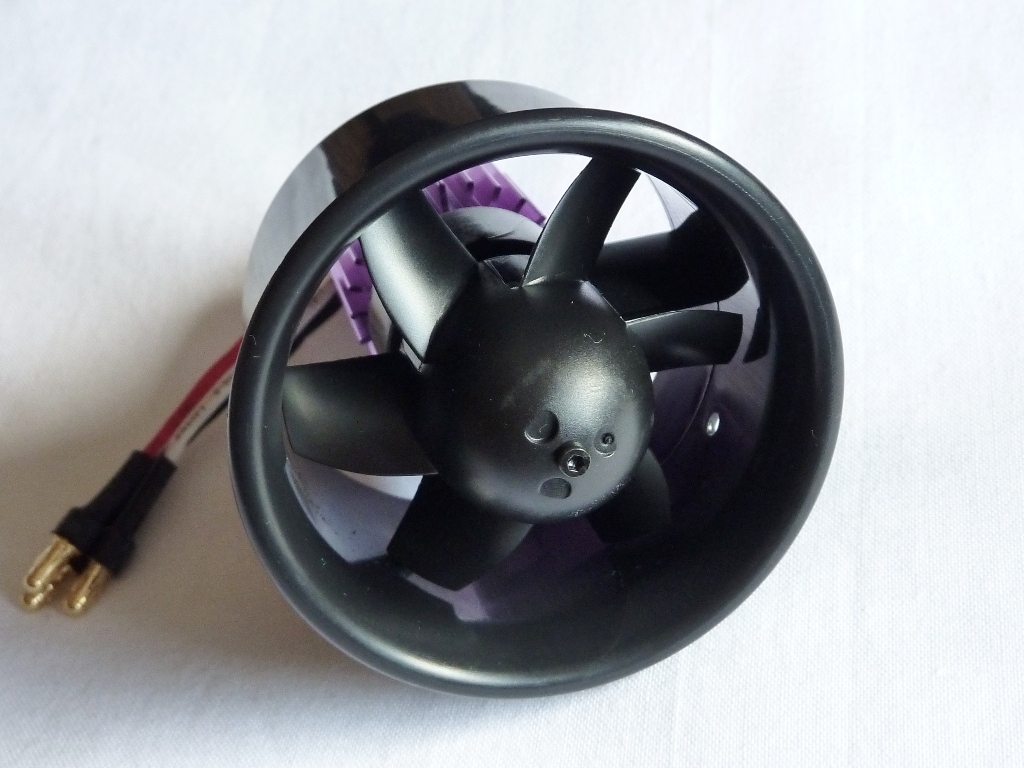First a definition that you do not think of the wrong thing.
There are 3types of casings for props:
| 1) Prop Protection Something that you do not hurt your fingers and the prop will not break on hit. |
 |
| 2) Ducted Fans (Auf Deutsch: Impeller) Very high rpm, very loud, very ineffective for hovering. |
 |
| 3) Shrouded props They need to have a special shape. And the distance between prop and shround needs to be as close as possible. About 1mm. |
 |
Shrouded props:
- The distance between prop and shroud needs to be as small as possible.
- Horizontal flight decreases performance drasticly
Papers:
| Design and Testing of a Quad Shrouded Rotor Micro Air Vehicle in Hover |
|
| hover and wind-tunnel testing of shrouded rotors for improved micro air vehicle design 2008 |
Hover: Performance At the same power consumption, increases in thrust over the open rotor by up to 94% were observed, or, conversely, up to 49% reductions in power at the same thrust Within the range of values of the shrouded-rotor parameters tested, the optimal configuration was that with tip = 0.1%Dt, rlip = 13%Dt, d = 10 and Ld = 50% to 72%Dt. Translational flight: In axial flight ( = 0), the net thrust of the shrouded rotor was initially greater than that of the open rotor, but rapidly decreased to being lower than the open-rotor thrust as airspeed was increased, possibly because of the drag. In edgewise-flow conditions ( = 90), the thrust of both the open and shrouded rotors increased with increasing airspeed, with the thrust of the shrouded rotor always remaining higher than that of the open rotor. |
| Hover Tests of Micro Aerial Vehicle-Scale Shrouded Rotors | |
| Experimental Investigation of a Shrouded Rotor Micro Air Vehicle in Hover and in Edgewise Gusts | 1. Airfoil: In both the shrouded and unshrouded rotor congurations, the use of a sharpened leading edge (LE) with a circular camber airfoil yielded better hover performance over an unsharpened leading edge airfoil. 3. Shrouded rotor performance comparison: At an operating thrust of 300 grams, the power loading of the shrouded rotor was approximately 30% higher than the unshrouded rotor |